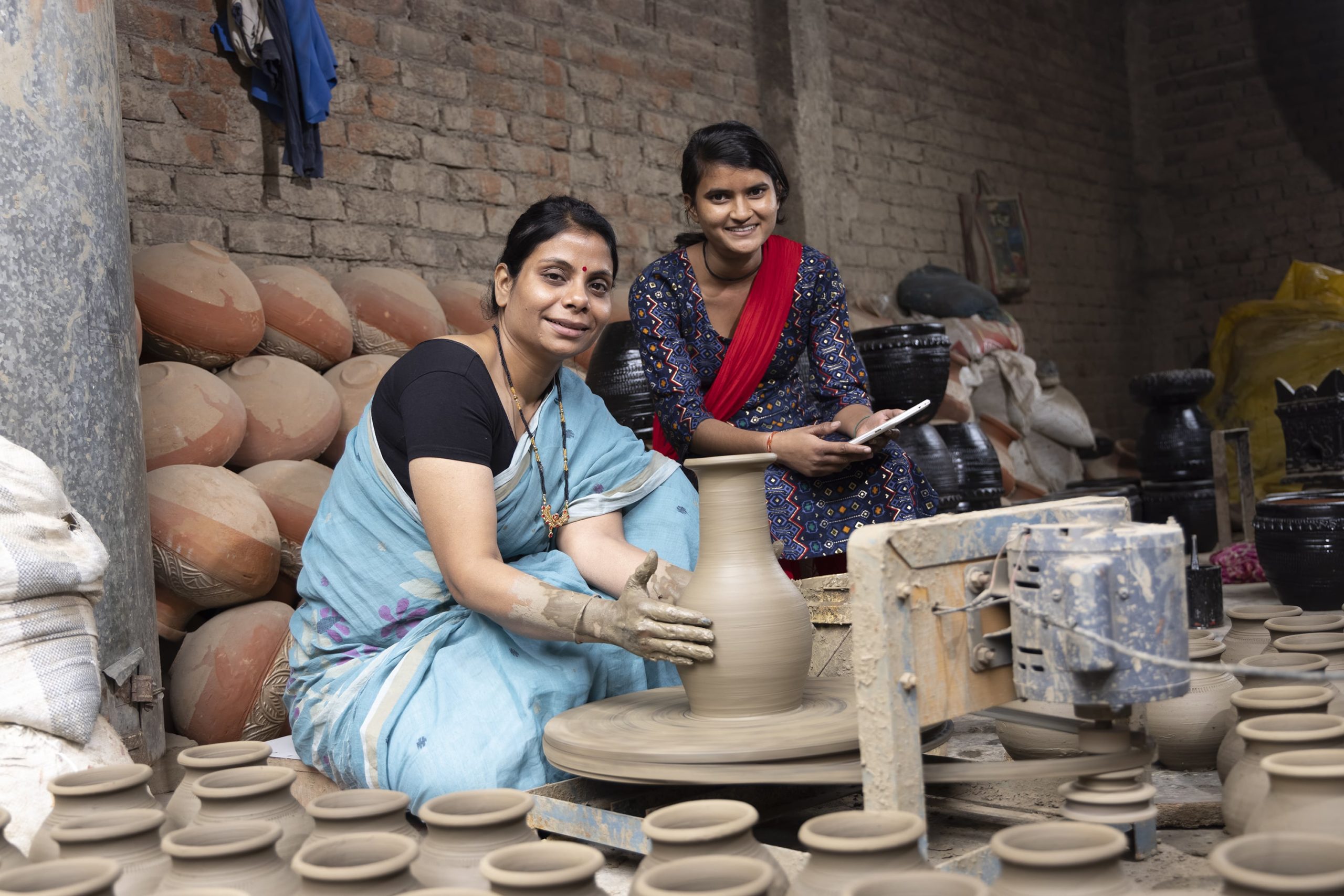In India, only 20% of women participate in the labour force—less than in Bangladesh and Saudi Arabia—hampering national economic growth and women’s financial independence. This project investigates how safe public transportation, specifically the Delhi Metro, can alleviate mobility constraints that keep 60% of working women within 2km of their homes. We leverage past and future expansions of the Delhi Metro network to identify the effects of safe transit on female mobility, employment rates, and job quality.
This study emphasizes general equilibrium effects, examining both labour supply—through increased safety and reduced commute constraints—and labour demand, by analysing new firm emergence and increased hiring of women due to enhanced female consumer mobility. We employ a methodological approach combining novel, spatially granular administrative data with surveys of firms, employees, and households, and safety audits of neighbourhoods, supplemented by a custom-designed mobile application for real-time mobility tracking.
We contribute to the literature by incorporating gender as a dimension in structural models of urban economic growth and transportation, addressing household location decisions and commute constraints for married women. We construct a spatial equilibrium model quantifying the metro’s impact on women’s commuter market access, incorporating residential and workplace choices for workers, and location and hiring decisions for firms. This framework measures the expansion of job opportunities available to women across the urban landscape.
To supplement the administrative data, our primary data collection focuses on areas surrounding new metro lines opening in 2025-2026, tracking changes in mobility patterns, labour market outcomes, and perceived safety before and after metro introduction.
